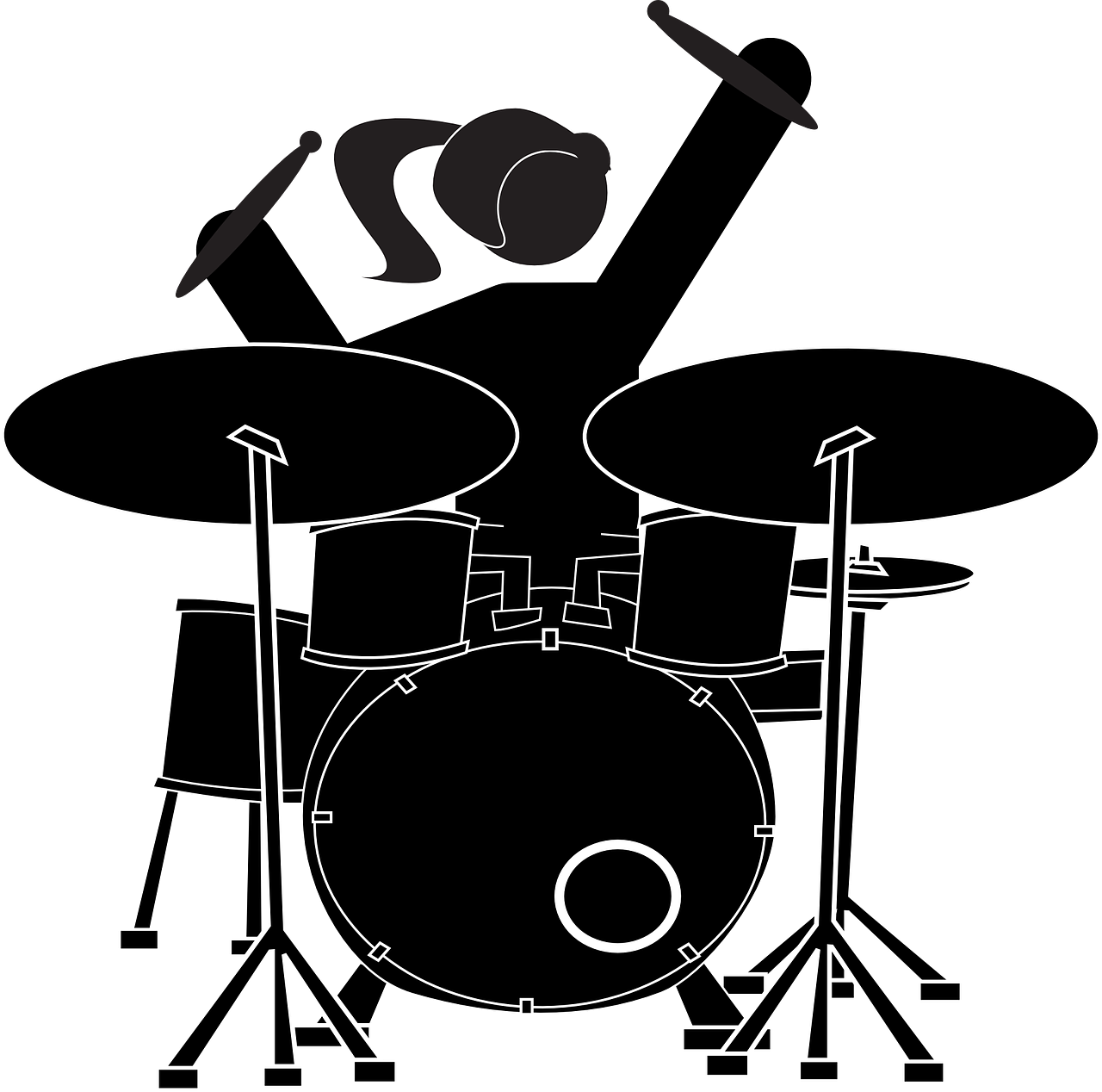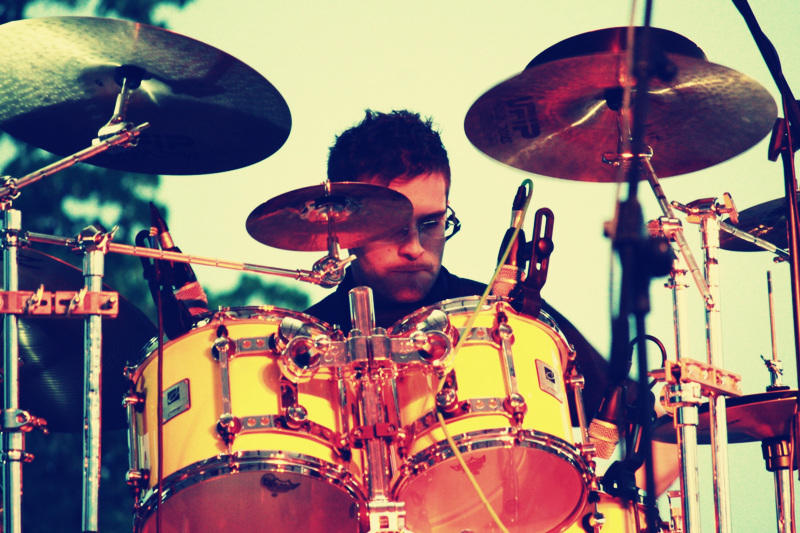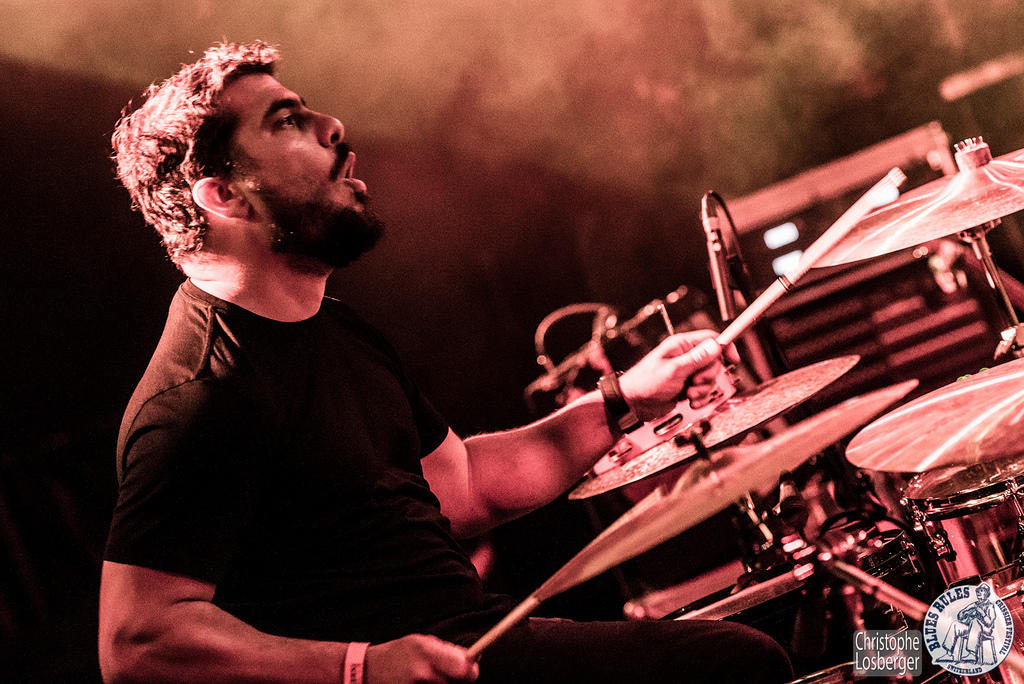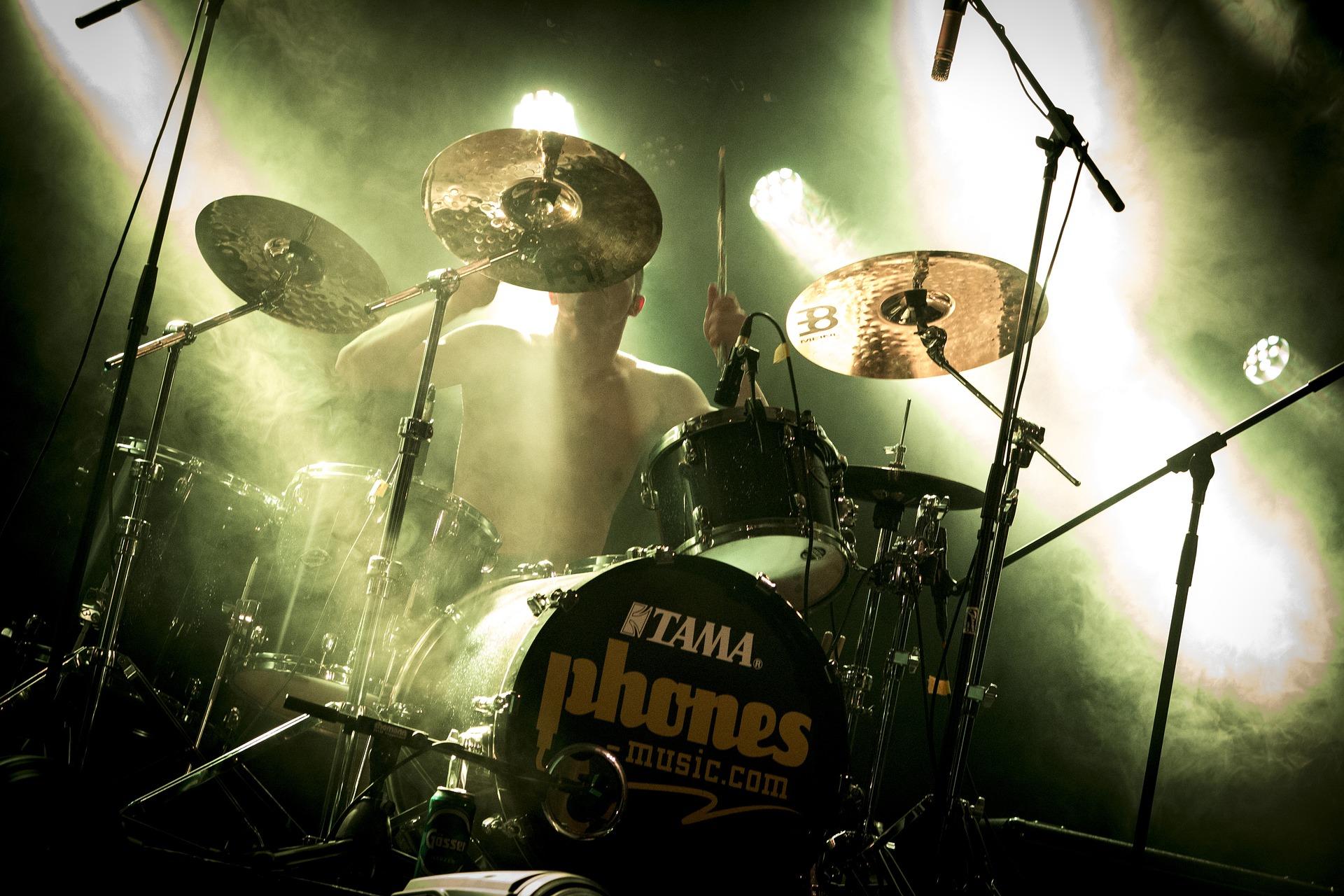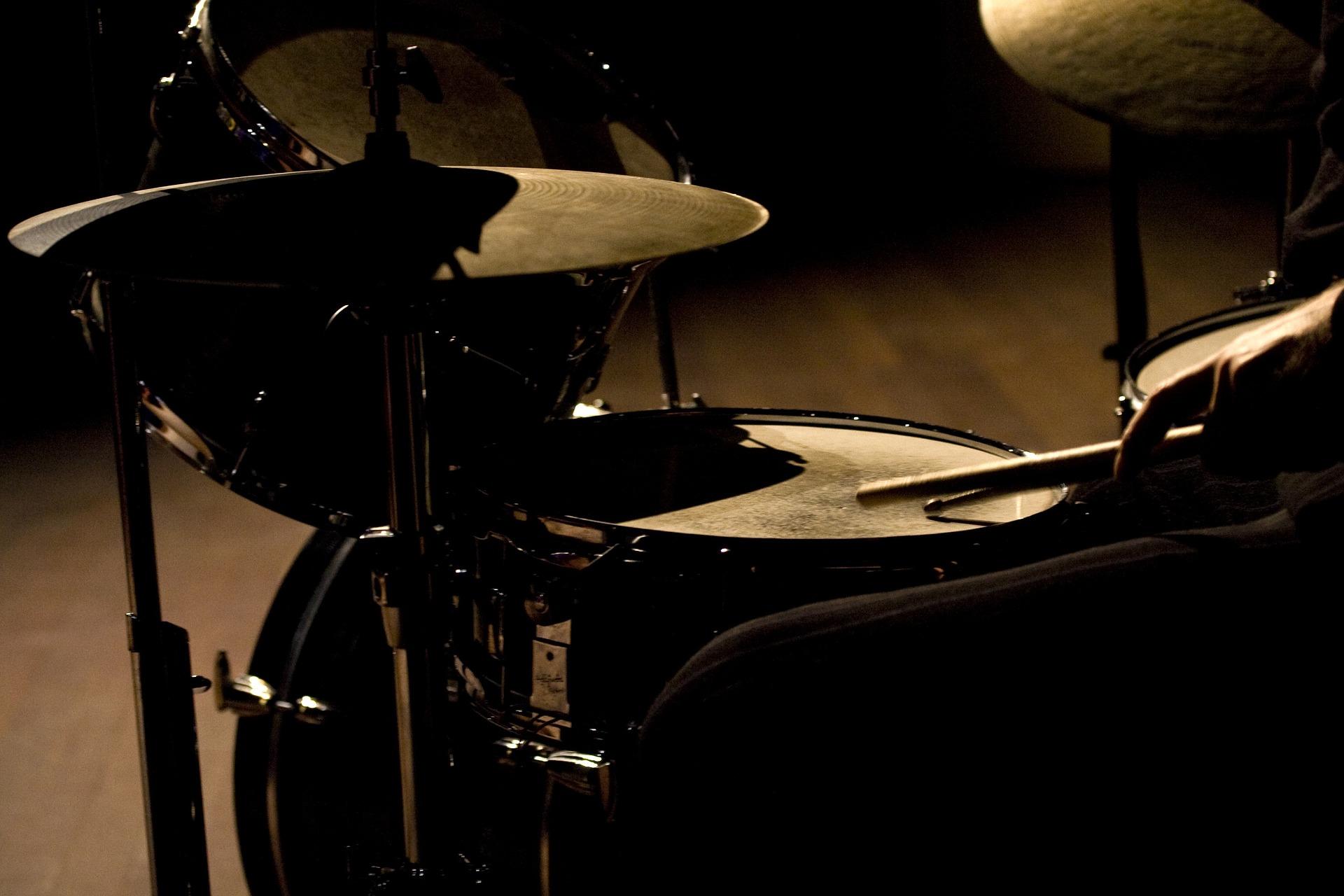Maybe by now you’ve cracked the drums. You can nail some pretty rhythms on the snare drum and love to make a racket with the cymbals.
If that’s the extent of your ambitions, then read no further: keep doing what you are doing. However, if you want to be a proper percussionist, you have some different musical instruments to master too.
Because percussion music isn’t all about the drum kit, no. There’s a lot more to it than that. From the castanets to the cajon, from the orchestral timpani to the djembe, there’s a much wider world out there that deserves the attention of your talents.
That’s why we’re taking a look at some of the more important varieties of percussion instruments that exist in the world. We’ll take you through their histories, some different playing techniques, and some of the most impressive percussion performances ever recorded.
So, put your drum sticks down for the moment – they’ll be right there when you get back. Let’s instead turn to some instruments that inspire percussionists around the world.

What Are Percussion Instruments?
Percussion instruments are a category of musical instruments that produce sound through the impact or striking of their surfaces.
These instruments create sound vibrations by being struck with hands, mallets, sticks, or other objects. Percussion instruments are integral to creating rhythm, texture, and dynamic contrast in music, and they can be found in various cultures and musical traditions around the world. They can be grouped into several subcategories based on their characteristics and how they produce sound:
- Drums: Drums are among the most fundamental percussion instruments and come in various shapes and sizes. They typically consist of a hollow shell or frame covered with a membrane, called a drumhead or drum skin, which is struck to produce sound. Examples include the bass drum, snare drum, tom-tom, conga, bongo, and djembe.
- Cymbals: Cymbals are metal percussion instruments that produce sound when they are struck together or with a mallet. They come in different sizes and shapes, each producing a distinct tone. Common types of cymbals include crash cymbal, ride cymbals, hi-hat cymbals, and finger cymbals.
- Metal Percussion: This category includes various metal instruments like triangles, gongs, and bells. These instruments produce sound when struck with a mallet or another metal object. They often have a distinct and resonant tone.
- Pitched Percussion: Unlike many other percussion instruments, some have definite pitches and can play melodies. Examples include the xylophone, marimba, vibraphone, and glockenspiel. These instruments have bars or plates made of different materials that produce distinct pitches when struck.
- Shakers and Rattles: These instruments create sound by shaking or striking the enclosed objects. Examples include maracas, tambourines, and rainsticks. They produce a rhythmic, shaking sound that adds texture to the music.
- Wood Percussion: Instruments like claves, castanets, and woodblocks fall into this category. They are made of solid wood and produce distinct sounds when struck together or with a mallet.
- Membranophones: This subcategory includes instruments with a stretched membrane or drumhead that vibrates to produce sound. Examples include the tambourine, bodhrán, and frame drum.
- Electronic Percussion: With advancements in technology, electronic percussion instruments have become popular. These instruments use electronic components to generate and manipulate sounds. Examples include electronic drums, drum machines, and MIDI controllers.
Percussion instruments play a crucial role in various musical genres, from classical and orchestral music to jazz, rock, pop, world music, and electronic genres. They provide rhythm, groove, and a wide range of timbres, enhancing the overall musical experience and engaging listeners with their dynamic and captivating sounds.
History Of Percussion Instruments
The history of percussion instruments is a fascinating journey that spans across cultures, continents, and centuries. Percussion instruments are among the oldest and most diverse musical tools, playing a vital role in human expression and communication. From the rhythmic beats of primitive drums to the intricate patterns of modern electronic percussion, this history is marked by innovation, cultural exchange, and artistic creativity.
- Ancient Beginnings: Percussion instruments likely originated with early humans using their bodies and natural objects to produce rhythm. The earliest forms included clapping hands, stamping feet, and striking objects like rocks or logs. These rudimentary rhythms served as both communication and a means of expression.
- Primitive Drums: As societies evolved, so did their instruments. Drums made from hollowed-out logs or animal skins stretched over frames emerged in various cultures. These early drums were used for rituals, ceremonies, and celebrations. Their rhythmic patterns became an integral part of religious practices and communal gatherings.
- Metal Percussion: The discovery and manipulation of metal led to the creation of new percussion instruments. Cymbals, for instance, were developed in ancient Mesopotamia and later spread throughout Asia and Europe. The invention of the triangle, gong, and other metal-based instruments expanded the sonic palette of percussion ensembles.
- Middle Ages and Renaissance: During the Middle Ages, percussion instruments found a place in European courts and religious settings. Handheld drums and small bells were common, while the emergence of timpani (kettle drums) added depth and grandeur to orchestral music during the Renaissance.
- Expansion and Innovation: The exploration of new territories during the Age of Exploration introduced European colonizers to a plethora of indigenous percussion instruments. This exchange resulted in the adoption of instruments such as the djembe from West Africa, the bongos from Cuba, and the tabla from India. These instruments influenced Western music and brought new textures to orchestras and ensembles.
- Industrial Revolution and Modernity: The Industrial Revolution brought advancements in materials and manufacturing, enabling the production of more standardized percussion instruments. Marching bands became popular during this time, leading to the development of instruments like the snare drum and bass drum as we know them today.
- 20th Century Innovations: The 20th century witnessed significant innovation in percussion instruments. The invention of the vibraphone, marimba, and xylophone brought melodic elements to percussion ensembles. In addition, electronic instruments like synthesizers and drum machines revolutionized the way percussion sounds were produced and manipulated.
- Contemporary Percussion: Today, percussion instruments encompass an incredibly diverse range, from traditional ethnic drums to cutting-edge electronic devices. Percussionists experiment with unconventional materials and techniques, pushing the boundaries of sound and performance. Percussion has also found its place in popular music genres, becoming a driving force in rhythm sections and electronic productions.
The history of percussion instruments reflects the evolution of human creativity, technology, and cultural exchange.
Here are five different percussion instruments with which you can extend your personal percussion section.
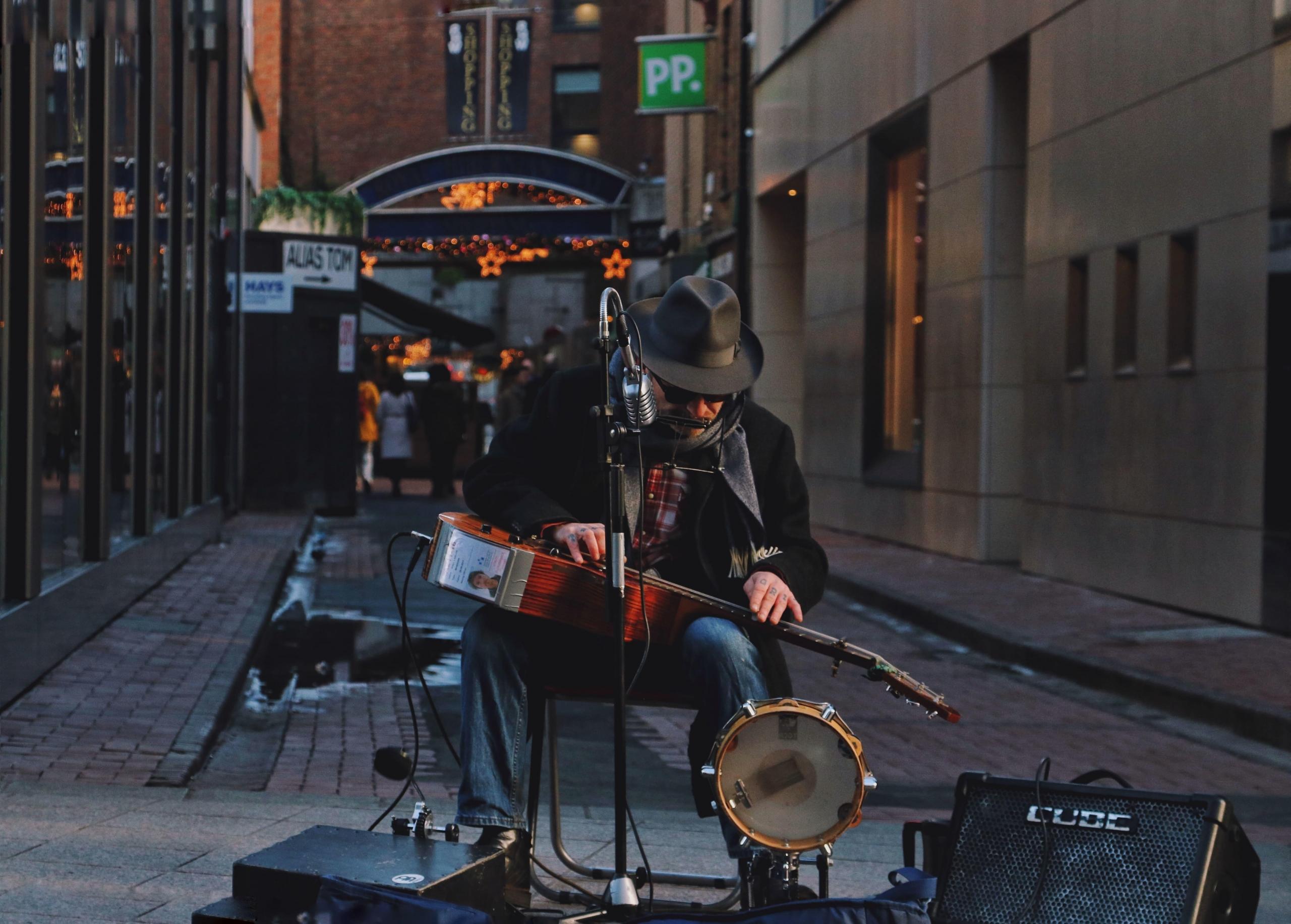
What You Need to Know Before You Play the Tambourine
A frame in which ‘zills’ or jingles are suspended, the tambourine is one of the more well-known hand percussion instruments. It comes either with a drum head or without one – something that gives it a more, or less, percussive effect.
Given the two basic variations of the tambourine, they can be played in two different ways – either by striking or by shaking. In either case, playing the instrument engages the resonance of the zills, making it either a good accompaniment to a pop song or else a specific percussion instrument in an orchestra.
A Brief History of the Tambourine.
Tambourines, like many percussion instruments, have a long history, spreading pretty much the length of the world.
It is thought that this musical instrument developed in ancient Mesopotamia, from where it spread as far as Indonesia, in the form of the rebana, and eastern Europe, in what is known as the buben. It is thought to have entered western Europe through northern African and the Middle East to France, where it picked up the name tambourine.
Since this point, the tambourine has been one of the favourite instruments of Christian iconography, often appearing as being played by angels.
Some Important Tambourine Performances.
For some inspiration, let’s see what the tambourine can do. Here are two examples of tracks in which the tambourine makes a huge difference.
And if you want to know more about this instrument, check out our article on playing the tambourine.
Prince – Tamborine.
We all know that Prince is awesome. However, this song features a pretty spectacular tambourine performance that will be an inspiration to everyone.
Tchaikovsky – The Nutcracker
Tchaikovsky made a lot of use of the tambourine – and in the ‘Russian Dance’ of the Nutcracker it stars almost centre stage.

A Guide to the Xylophone.
If the tambourine is an instrument generally seen wielded contemptuously by the likes of Noel Gallagher, the xylophone is put to a wide variety of uses.
You’ll play it – or a glockenspiel maybe – at school to bash out tunes like ‘Twinkle Twinkle’, and you’ll see virtuosos playing xylophones in classical orchestras. As percussion instruments go, the xylophone seems to stand with both the most novice and the most accomplished musicians around.
Yet, these particular idiophones – a type of instrument whose whole parts resonate when struck – is neither the basic instrument nor the niche one you might think. Rather, it should be played by so many more people than those who enjoy it now.
So, why not give it a go?
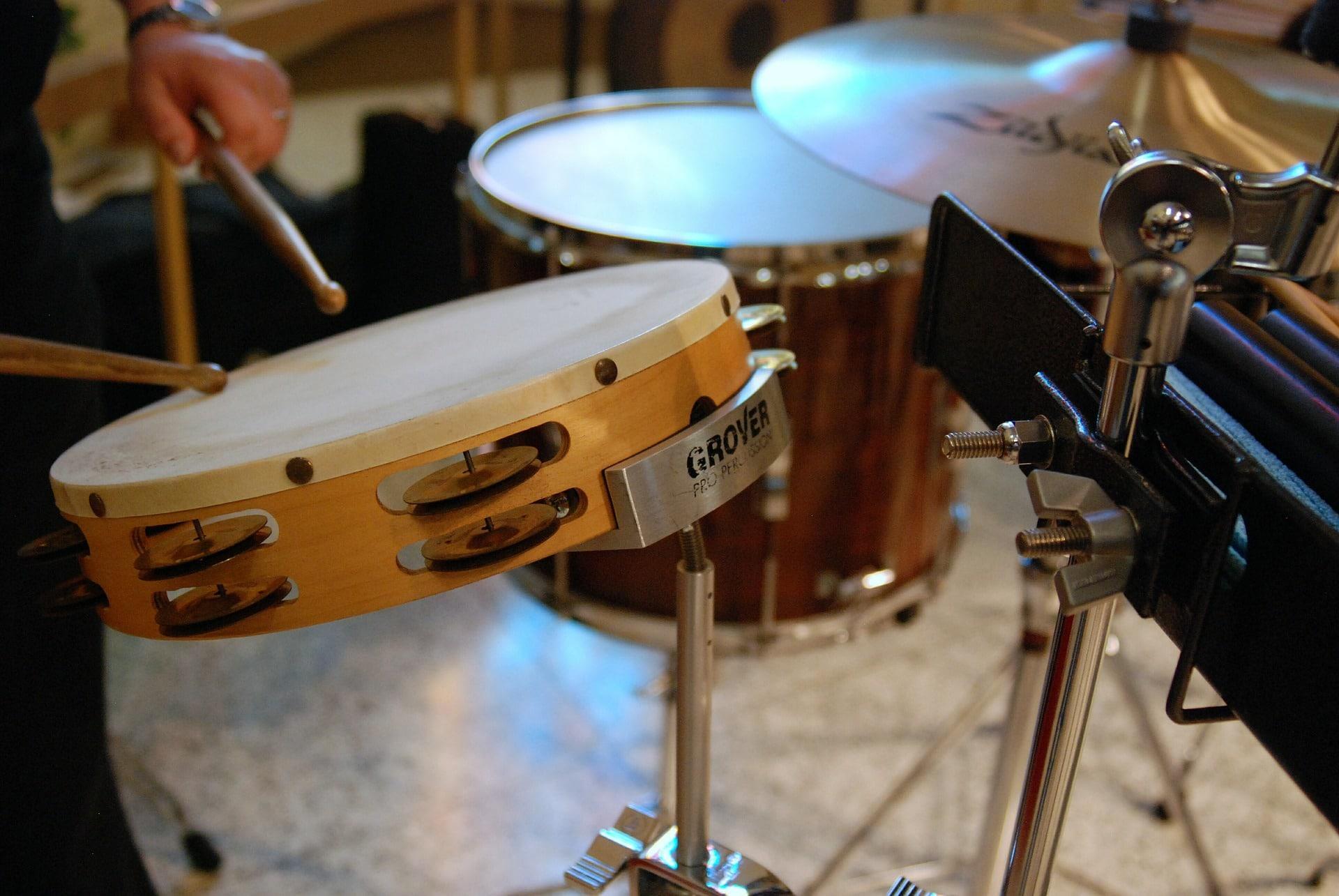
The Development of the Xylophone.
Varieties of xylophone exist all over the world – and are often confused with other instruments including the marimba (below), the glock, the vibraphone and tuned percussion instruments in general.
And whilst the xylophone has come to be the word that stands for all of these instruments that you strike with a mallet or beater, their histories are all pretty different too. From the gamelan in south-east Asia to the balafon in west Africa, xylophone-like instruments are ubiquitous.
Sixteenth-century Germany was the first place a xylophone was heard of in Europe, but it didn’t even receive that name until much later. And the first time the instrument went ‘mainstream’ was in the late nineteenth century.
Some Famous Xylophone Players.
So, which xylophone players might you actually have heard of? And in what pieces of music would it have appeared?
Here are two places you might have heard the xylophone. And you can find out more about the instrument in our article on playing the xylophone.
Evelyn Glennie.
These days more accurately known as Dame Evelyn Glennie, this percussionist became known to the general public at the 2012 Olympics. Her xylophone performances are astounding.
Pink Floyd.
Fans of Pink Floyd will know that they are fans of less conventional instruments. This includes the xylophone, which can be heard on tracks like ‘See-Saw’ and ‘Time’.
All You Need to Know about the Marimba.
The marimba is one of the instruments most commonly confused with the xylophone. However, there are important differences.
The marimba has resonators, or pipes that descend vertically from the bars – to increase volume and change the tone. Meanwhile, the bars themselves are larger and deeper in pitch than a xylophone. In the language of a proper percussion ensemble, this difference is quite crucial.
However, if you manage as a xylophone soloist, the chances are that you’ll be able to play a pretty tune on the marimba too.
A History of the Marimba.
We said that marimbas and xylophones have fairly similar – or at least indistinguishable – histories. The difference is that where xylophones entered reasonably early into classical instrumentation, marimbas took quite a different route.
Instead, marimbas headed to Latin America with the transportation of west African people in the slave trade. When there, they became quite popular instruments and, ultimately, became – for example – the national instrument of Guatemala.
It was there – and across the length of Central America – that they gained their popularity and developed into their modern form.
Where You Can Hear the Marimba.
Like the xylophone, the marimba became popular in pop music and classical as an unconventional instrument to add different effects to pieces. There are a lot of examples of the marimba being used – but here are two.
You can find out more about this instrument in our article on playing the marimba.
The Rolling Stones – Under My Thumb.
Throughout the Stones’s famous track, a marimba plays probably the most interesting rhythmic line. Listen carefully and you can’t miss it.
Steve Reich – Six Marimbas.
In the later twentieth century, the marimba entered classical music hard. One of the most famous pieces featuring the marimba is Steve Reich’s minimalist piece, where there is only the rhythm section.

Why You Should Learn the Triangle.
The triangle is seen by many as something of a joke instrument, one that requires no skill and that contributes fairly little to the world of music.
This isn’t exactly fair and people who hold this view have a big wall of history to contend with – as the instrument has been played for nearly a thousand years.
It’s the instrument that consists of a metal rod that is bent into a triangle with one open corner. Yet, despite its modest appearance, it is actually quite important.
You can see this percussion instrument in all manner of places throughout history: in religious iconography, on medieval manuscripts, in Turkish travelling bands. And its importance comes from its strange ethereal sound: designed so as not to produce a defined pitch, its ring is completely distinctive.
Crucial Triangle Performances.
The triangle has been used in classical music since the eighteenth century. You can hear it in action in such famous pieces as Brahms’s Fourth Symphony, where it features heavily in the third movement.
You can learn more about this instrument in our article on playing the triangle!
Thinking about Learning the Steel Hang? Here are the Basics.
Where all the other instruments mentioned here have long, illustrious histories behind them, the steel hang is something of a more recent invention. We’re talking less than twenty years old.
Invented by a pair of Swiss musicians, the ‘hang’ is an idiophone that sits on your lap. Made from two bowl-shaped pieces of metal, it is struck by hand in different places to produce different tones. The effect is wonderful, with a sort of resonant hypnotic tone produced.
‘Hang’ in Swiss German means both ‘hand’ and ‘hill’ – senses that encapsulate this completely different instrument. You can learn more about the instrument in our article on playing the steel hang.
The Steel Hang Artists You Should Know.
There aren’t many artists who are famous for their hang playing. There are probably only a couple who are worth mentioning.
One of these is Manu Delago, an Austrian experimental musician who puts the instrument to really extraordinary ends.
Find amazing drum classes near me here on Superprof!


















